Disclosure: This article contains affiliate links. We may earn a commission from purchases at no extra cost to you, which helps our travel content.
Lebanon has always fascinated me as a destination where ancient history and contemporary resilience coexist in remarkable harmony. As someone who's spent years exploring the world's desert regions and studying cultural preservation, I was drawn to Lebanon's unique position as a crossroads of civilizations. This spring, I finally made the journey from Beirut to Baalbek with two close friends, and what we discovered was nothing short of transformative. The journey between these two iconic Lebanese destinations offers travelers a perfect balance of urban exploration and ancient wonder, all set against the backdrop of the country's breathtaking landscapes. In this guide, I'll walk you through our carefully crafted 5-day itinerary that maximizes your time in both locations while providing opportunities for meaningful cultural connection and discovery. Whether you're drawn to Beirut's dynamic art scene or Baalbek's awe-inspiring Roman ruins, this itinerary promises an unforgettable Lebanese adventure.
Day 1-2: Discovering Beirut's Urban Tapestry
Our Lebanese journey began in Beirut, a city that defies simple categorization. After landing at Beirut–Rafic Hariri International Airport, we settled into our boutique accommodation in Gemmayzeh, a neighborhood I specifically chose for its walkability and vibrant atmosphere. The area's tree-lined streets are dotted with Ottoman-era buildings repurposed as cafés, galleries, and design shops – perfect for immersing yourself in local life.
On our first morning, we fueled up with manoushe (Lebanese flatbread) topped with za'atar and cheese from a local bakery before heading to the National Museum of Beirut. As someone with a professional interest in how societies document their histories, I was particularly moved by the museum's collection of Phoenician artifacts and the story of how curators protected priceless treasures during Lebanon's civil war by encasing them in concrete.
The afternoon called for a leisurely stroll along the Corniche, Beirut's iconic seaside promenade. As the Mediterranean waves crashed against the rocky shore, families fished from the railings, elderly men played backgammon, and joggers weaved through the crowd. This daily ritual of communal outdoor space reminded me of similar traditions I've observed in plazas throughout Spain and Mexico.
For our second day, we dedicated ourselves to exploring Beirut's remarkable street art scene. I had researched the city's murals extensively before our trip, as public art has always been a window into understanding a place's social consciousness. The neighborhood of Mar Mikhael offers some of the most powerful pieces, many addressing themes of memory, identity, and resilience. I found myself constantly reaching for my compact camera to document these visual stories that speak volumes about Beirut's complex history.
We concluded our Beirut exploration with dinner at a rooftop restaurant overlooking the city, where our server proudly explained each mezze dish's regional origins as the sun set over the Mediterranean – a perfect transition point before heading inland to Baalbek the next day.
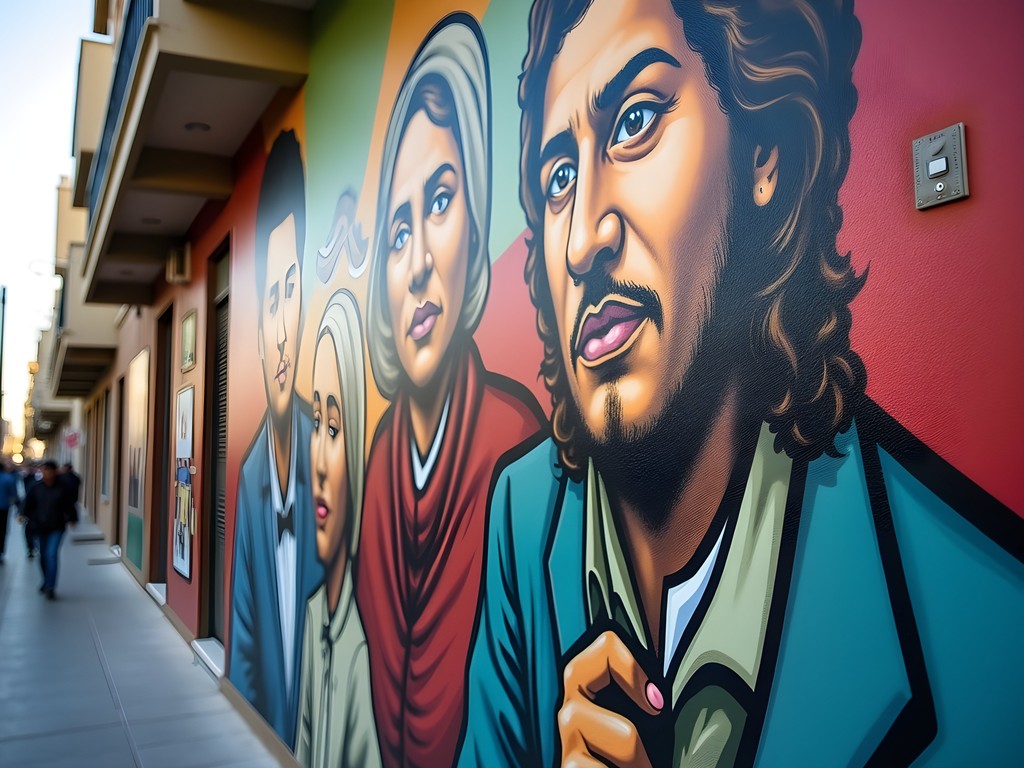
💡 Pro Tips
- Book accommodation in Gemmayzeh or Mar Mikhael for the best walkable experience
- Use the Beirut Art Walking Tour app for self-guided mural exploration
- Visit the National Museum early in the morning to avoid crowds
Day 3: The Journey to Baalbek Through the Bekaa Valley
The drive from Beirut to Baalbek through Lebanon's fertile Bekaa Valley deserves to be treated as more than just a transfer – it's a crucial part of understanding the country's geographical and cultural diversity. Rather than taking a direct route, we opted for a full-day journey with strategic stops that illuminated Lebanon's agricultural heritage and winemaking tradition.
We departed Beirut early, having arranged a private driver through our hotel – a decision that gave us flexibility while navigating an unfamiliar region. As the urban landscape gave way to the sprawling Bekaa Valley, I was struck by how the terrain reminded me of certain agricultural areas in the American Southwest, yet with distinctive Mediterranean vegetation.
Our first stop was at Chateau Ksara, Lebanon's oldest winery established in 1857 by Jesuit priests. The tour through their ancient Roman caves, now used as wine cellars, provided fascinating insight into how Lebanon's winemaking tradition has persevered through millennia. The guide explained how the region's unique microclimate – hot, dry days and cool nights – creates ideal conditions for viticulture. The tasting that followed introduced us to Lebanon's indigenous grape varieties, including the robust Obaideh and Merwah.
Continuing through the valley, we stopped at a family-run restaurant in a small village where we enjoyed a traditional lunch of kibbeh nayeh (raw lamb with bulgur), fresh tabbouleh, and warm khobz bread. The restaurant owner proudly showed us how they source ingredients directly from surrounding farms – a farm-to-table approach that predates the trend by centuries.
As we approached Baalbek in the late afternoon, the massive Roman temple complex appeared dramatically on the horizon, its honey-colored columns glowing in the setting sun. Rather than rushing straight to our accommodation, our driver took a small detour to a viewpoint where we could appreciate the full majesty of the site in relation to the surrounding landscape.
For our stay in Baalbek, I had researched extensively and chosen a small, locally-owned guesthouse that offered authentic hospitality while providing the perfect base for exploring the ancient site. After checking in, we took a brief evening walk through Baalbek's old town, where the sounds of daily life – children playing, the call to prayer, shopkeepers chatting – created a vivid contrast to the silent ancient ruins we would explore the following day.

💡 Pro Tips
- Hire a private driver for flexibility in exploring the Bekaa Valley
- Reserve winery visits at least a week in advance during peak season
- Pack a light jacket even in spring as temperatures can drop significantly in the evening
Day 4: Exploring Baalbek's Archaeological Wonder
Dedicating a full day to Baalbek's archaeological complex is essential – this isn't a site you can or should rush through. We arrived early, just as the gates opened at 8:30 am, armed with plenty of water, sun protection, and my travel guidebook which provided crucial historical context beyond what's offered on the minimal site signage.
As a student of architectural history, I've visited my share of ancient sites across multiple continents, but nothing quite prepared me for the scale of Baalbek. The Temple of Jupiter features the largest stone blocks ever used in a Roman temple, with columns soaring nearly 70 feet high. What struck me most was how the site reveals layers of civilizational interchange – originally a Phoenician temple dedicated to the god Baal, later reimagined by Romans, then partially converted to Byzantine use, with elements of Islamic influence visible in later modifications.
While most visitors congregate around the famous Temple of Bacchus (the best-preserved Roman temple in the world), we found equal fascination in the less-visited areas. The quarry site, located about a kilometer from the main complex, contains the largest worked stone in the world – the Stone of the Pregnant Woman – weighing an estimated 1,000 tons. Standing beside it raised questions that archaeologists still debate: how did ancient builders move such massive stones without modern technology?
Around midday, when the sun was at its peak, we retreated to a small café just outside the complex for a refreshing glass of jallab (date syrup with pine nuts) and to process what we'd seen. I used this time to sketch some of the architectural details that had caught my eye – a practice that helps me observe more closely than photography alone.
Returning in the late afternoon when the light cast dramatic shadows across the ruins, we hired a local guide for a deeper understanding of the site. Mahmoud, whose family has lived in Baalbek for generations, shared perspectives on the ruins that transcended the historical facts – including how local residents relate to this ancient heritage in their contemporary lives. His insights reminded me why person-to-person connection remains the most valuable aspect of travel.
As the site closed, we lingered in the small but informative on-site museum, which houses artifacts discovered during excavations. The collection of bronze figurines, some dating to the Phoenician period, provides intimate glimpses into daily religious practices that complemented the monumental architecture we'd spent the day exploring.
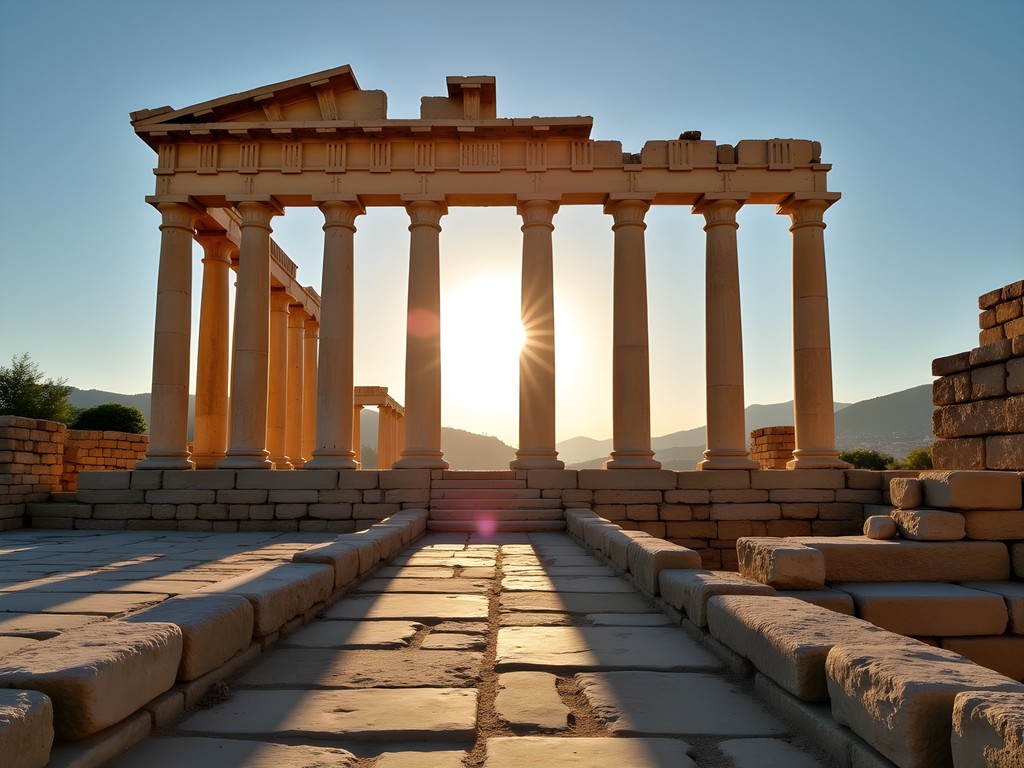
💡 Pro Tips
- Visit early morning or late afternoon for the best light and fewer crowds
- Hire a local guide for deeper cultural context and to support the local economy
- Wear sturdy shoes as the archaeological site has uneven surfaces and requires significant walking
Day 5: Local Life in Baalbek and Return to Beirut
Our final day began with a deliberate slow pace, allowing us to experience Baalbek beyond its famous ruins. After a breakfast of labneh (strained yogurt) with local olive oil and fresh bread at our guesthouse, we ventured into the town's bustling Thursday market. Unlike the souvenir stalls near the archaeological site, this weekly market caters primarily to locals, offering everything from seasonal produce to household goods.
What caught my attention were the traditional craft vendors – particularly an elderly woman selling hand-embroidered textiles. Through my limited Arabic and her limited English, she explained how certain patterns in her work represented specific villages in the region. I couldn't resist purchasing a small table runner, knowing it would remind me of this cultural exchange each time I used it at home.
For lunch, we followed our guesthouse owner's recommendation to a family restaurant known for its shish barak (meat dumplings in yogurt sauce). The grandmother who still oversaw the kitchen insisted on showing us how she pinched each dumpling by hand – a process she's been perfecting for over 60 years. These moments of connection around food traditions have always been central to how I experience new places.
Before departing Baalbek, we visited a community center where local youth were learning traditional stone masonry techniques. The program director explained how they're working to preserve these skills that built Baalbek's monuments, creating economic opportunities while maintaining cultural heritage. As someone professionally concerned with how communities sustain themselves, I found this initiative particularly inspiring.
For our return journey to Beirut, we opted for a shared taxi service – a common and economical transportation option in Lebanon. The drive offered a final opportunity to absorb the dramatic landscape transitions from the Bekaa Valley back to the Mediterranean coast. I always find these in-between moments valuable for reflection, watching the scenery change while processing the experiences of the previous days.
Upon returning to Beirut, we had just enough time for a farewell dinner at a restaurant in the Badaro district, where innovative chefs are reinterpreting traditional Lebanese cuisine. Over plates of reimagined mezze and local wine, we discussed how this relatively compact country contains such remarkable diversity of landscape, history, and culture.
I've found that traveling with a quality travel journal helps me process experiences more deeply. That evening in our Beirut hotel, I spent time documenting observations, sketches, and reflections that would have otherwise faded – particularly the conversations with local people that had enriched our understanding beyond any guidebook information.
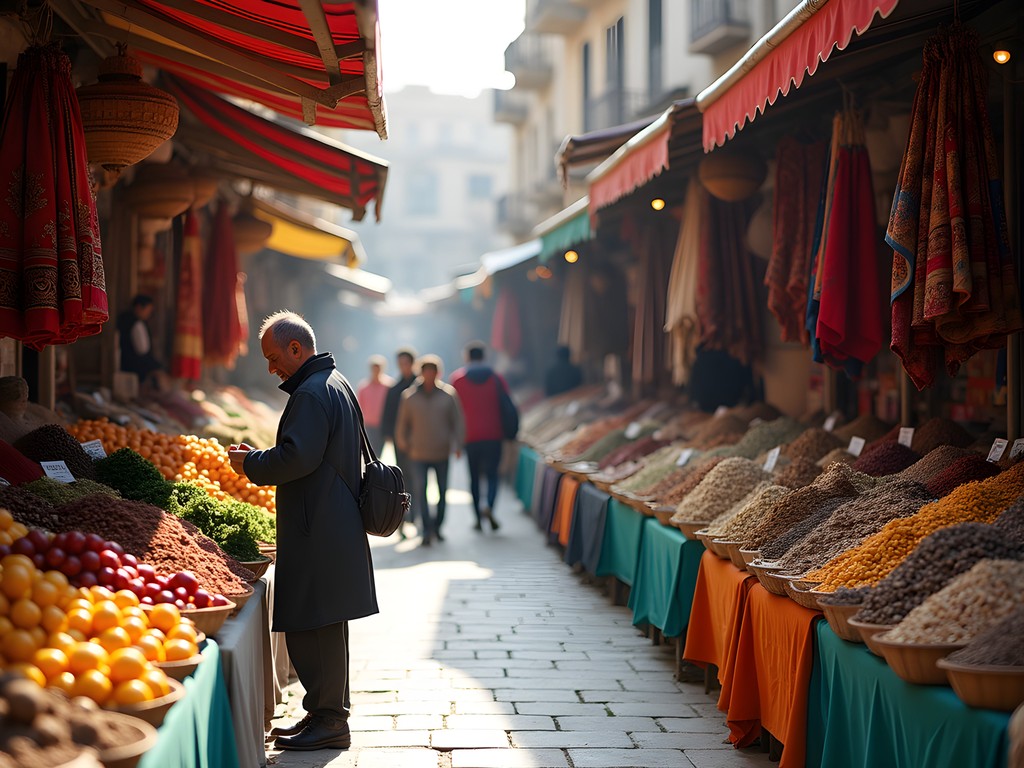
💡 Pro Tips
- Visit local markets for authentic crafts rather than tourist shops
- Learn a few basic Arabic phrases – even simple greetings are deeply appreciated
- Consider shared taxis (called 'service') for an economical and culturally immersive transportation experience
Cultural Sensitivity and Practical Considerations
Traveling through Lebanon requires thoughtful navigation of both practical logistics and cultural nuances. As someone who's spent years working with diverse communities as a public defender, I approached this journey with particular attention to respecting local customs while still engaging authentically.
Safety concerns often dominate conversations about Lebanon travel, but our experience revealed a country where everyday life proceeds with warmth and normalcy in most regions. That said, responsible travel means staying informed about regional developments. I relied on travel insurance that specifically covered Lebanon and maintained awareness of current conditions through embassy updates and local news sources.
Dress considerations vary throughout the country. In Beirut, particularly in certain neighborhoods like Hamra or Gemmayzeh, dress codes are relatively relaxed. However, when visiting religious sites or more conservative areas, both women and men should dress modestly. For women, this means covering shoulders and knees; for religious sites, having a light scarf handy to cover your hair when appropriate is advisable. I packed a versatile travel scarf that served multiple purposes – from sun protection to modest covering when visiting mosques.
Language presented fewer barriers than expected. While Arabic is the official language, French is widely spoken due to historical connections, and English is common in tourist areas and among younger Lebanese. That said, learning basic Arabic greetings and thank-you phrases demonstrated respect that was invariably met with appreciation.
Money matters require advance planning. Lebanon has experienced significant economic challenges in recent years, affecting banking services. We brought sufficient US dollars in cash (stored securely in multiple places) rather than relying on ATMs or credit cards. Many businesses prefer payment in dollars, though Lebanese pounds are also accepted. Researching current exchange practices before travel is essential as the situation evolves.
Finally, I want to address photography etiquette. While photographing Lebanon's stunning landscapes and architectural wonders is encouraged, military checkpoints or installations should never be photographed. Always ask permission before taking photos of individuals, particularly in more conservative areas. These simple courtesies reflect respect for privacy and security concerns that may not be immediately obvious to visitors.

💡 Pro Tips
- Register with your country's embassy before traveling to Lebanon
- Download maps and translation apps that work offline
- Bring US dollars in cash as credit cards aren't universally accepted
Final Thoughts
As our plane lifted off from Beirut, I found myself already planning a return journey to Lebanon. This compact 5-day itinerary merely scratches the surface of a country where millennia of human creativity, conflict, and resilience have shaped a uniquely complex cultural landscape. What stays with me most vividly aren't just the monumental columns of Baalbek or Beirut's dramatic coastline, but the conversations with people we met along the way – from the stone masonry instructor preserving ancient techniques to the grandmother crafting traditional dumplings by hand. Lebanon offers travelers a rare opportunity to witness both ancient wonders and contemporary resilience, all within a remarkably accessible geography. If you're seeking a destination that challenges preconceptions while rewarding curiosity, I can't recommend this Beirut-Baalbek journey enough. The bridges between past and present, between cultures and traditions, are waiting to be crossed.
✨ Key Takeaways
- Balance your time between Beirut's urban energy and Baalbek's ancient wonder
- Engage with local communities beyond the major tourist sites for authentic cultural exchange
- Support Lebanon's economy by staying in locally-owned accommodations and hiring local guides
📋 Practical Information
Best Time to Visit
Spring (April-June) or Fall (September-November)
Budget Estimate
$75-150 per day excluding flights
Recommended Duration
5-7 days
Difficulty Level
Moderate
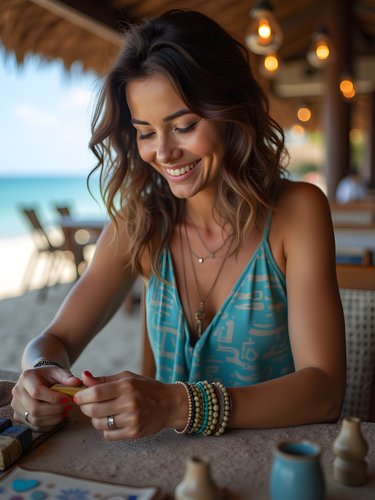
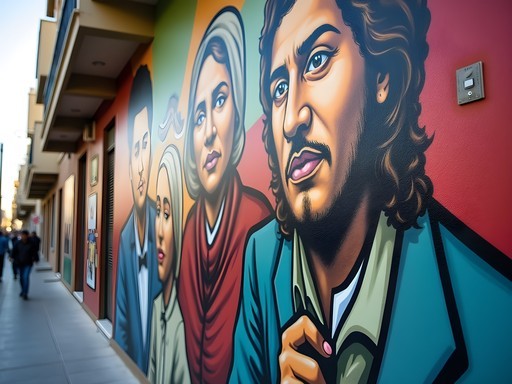
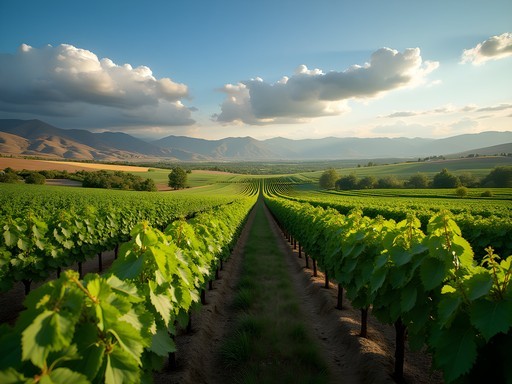

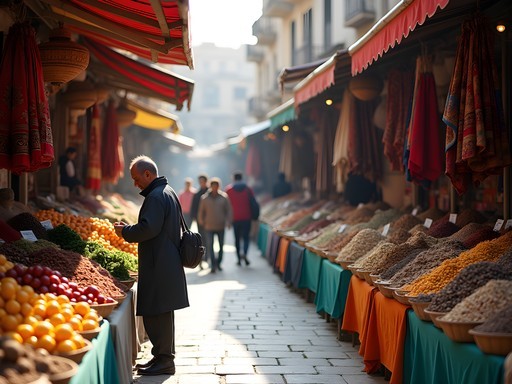
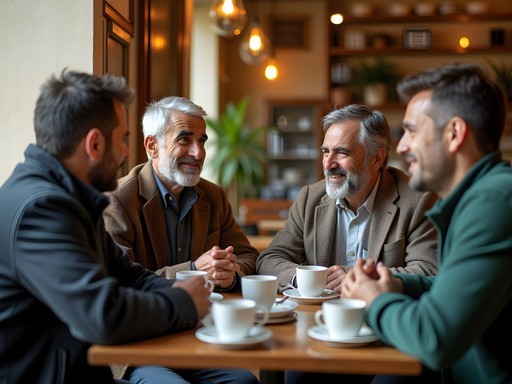


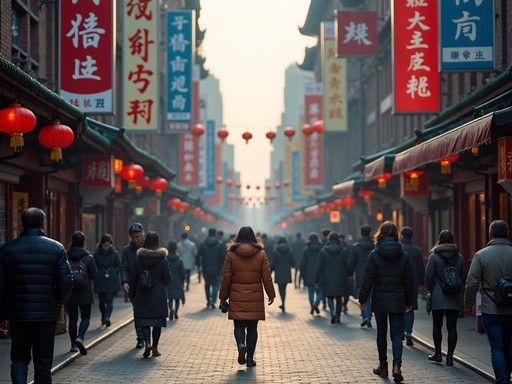
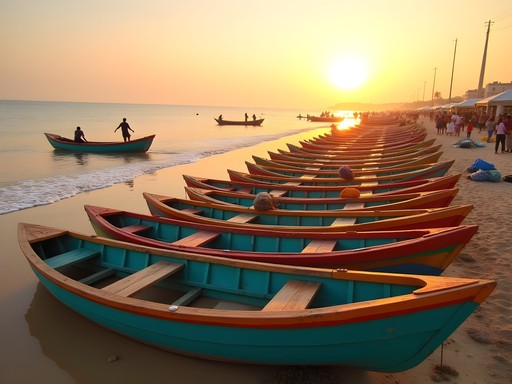


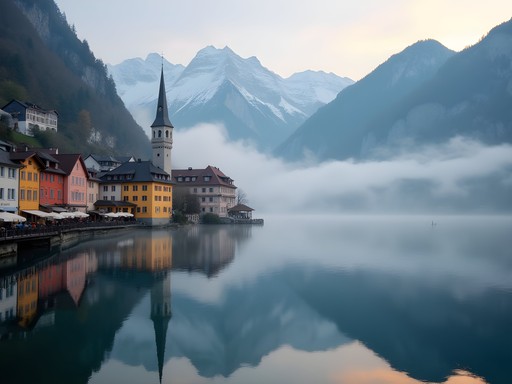
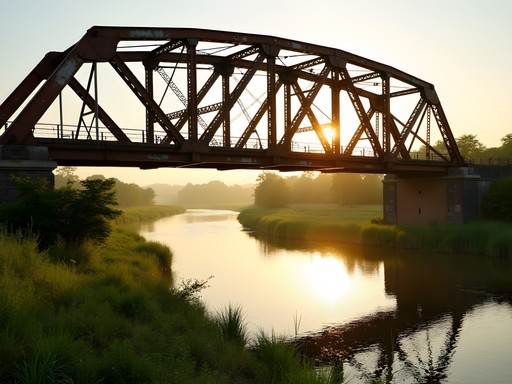
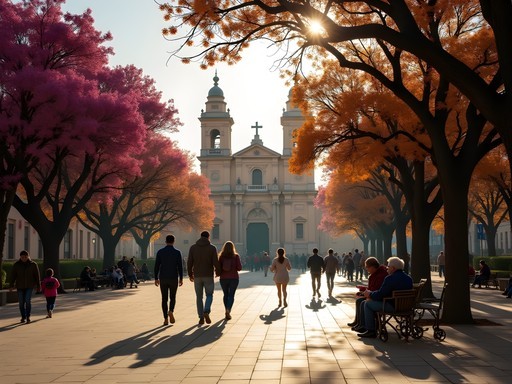
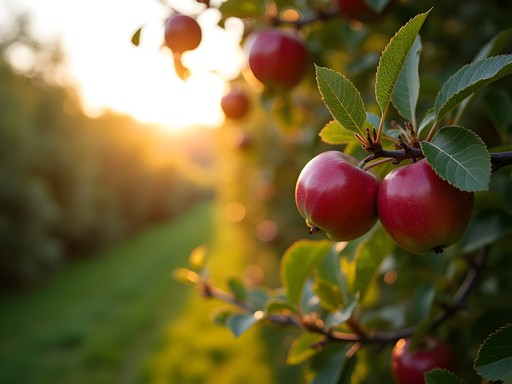
Comments
CulturalNomad
If you're in Beirut on a Sunday, don't miss the Souk el Ahad (Sunday Market). It's a treasure trove of antiques, vintage items, and local crafts. Great place to find unique souvenirs!
Sarah Powell
Great tip! I found the most beautiful handcrafted cedar box there. The haggling is part of the fun!
MidEastExplorer
Those sunset photos of Beirut's corniche are stunning! What camera did you use?
AdventureSeeker
Going there next month! How many hours should I set aside for Baalbek? Is half a day enough?
LebanonLover
Definitely plan for a full day! The site is massive, and you'll want time to soak it all in. Plus the little town has some great local restaurants worth checking out.
AdventureSeeker
Thanks for the tip! Will definitely plan for a full day then.
LebanonLover
Just got back from this exact trip! One thing to add - try to visit Baalbek early morning when it first opens. We had the entire complex almost to ourselves for an hour before the tour buses arrived. Magical experience!
Sophia Gomez
This itinerary brings back so many memories! I was in Lebanon for a business conference last spring and extended my stay to explore. Baalbek absolutely blew me away - those Roman temples are larger than anything I've seen in Rome itself! One tip I'd add: when in Beirut, don't miss Gemmayzeh at night. The contrast between ancient ruins by day and vibrant nightlife is what makes Lebanon so special. Also, I found having a good phrasebook incredibly helpful since many locals outside Beirut appreciated even my terrible attempts at Arabic. I used pocket phrasebook which fit perfectly in my day bag.
TravelDreamer83
How was the public transportation situation? Wondering if renting a car is necessary or if buses/shared taxis work well between Beirut and Baalbek?
Sophia Gomez
Shared taxis (service) are great within Beirut, super affordable! For Baalbek, I'd recommend either joining a tour or hiring a driver for the day. The roads can be unpredictable and signage isn't always clear. Plus a local driver adds so much cultural context!
winterlife
Lebanon has been on my bucket list forever! Your photos of Baalbek are incredible. Did you feel safe traveling between cities?
Sophia Gomez
I visited Lebanon last year and felt completely safe! The locals are incredibly hospitable. Just stick to the recommended areas and you'll have an amazing time.
winterlife
That's reassuring! Did you also do the Beirut to Baalbek route?
Sophia Gomez
Yes! I took a private driver which was affordable and gave me flexibility to stop in the Bekaa Valley. Highly recommend visiting some wineries if you have time - Lebanese wine is fantastic!
BackpackBuddy
We did the public transportation too and it was great! So cheap and a fun way to meet locals.
MidEastExplorer
Just got back from this exact trip! The food in the Bekaa Valley deserves its own section - we had the most amazing meze at a family restaurant in Zahle. One tip I'd add: try to visit Baalbek on a weekday if possible. We went on Saturday and it was quite crowded with local families (which was lovely in its own way, but made photography challenging). Also, the small museum on site has incredible artifacts that many people skip.
exploreperson
Can you remember the name of that restaurant in Zahle? Sounds amazing!
MidEastExplorer
It was called Tawlet Zahle! Family-style seating and everything was farm-to-table. The owner came out and explained each dish. Unforgettable experience!
TravelingTeacher
Those Baalbek ruins are INCREDIBLE in your photos! Definitely on my bucket list now.
photolife
Just returned from following almost this exact itinerary! Quick tip for anyone planning a similar trip: the Beirut National Museum is absolutely worth the visit before heading to Baalbek - it gives so much context to what you'll see at the ruins. Also, we found August EXTREMELY hot in Baalbek (like 95°F+), so bring plenty of water and sun protection if going in summer. The locals we met were incredibly friendly and many spoke excellent English. Oh, and don't miss trying manakish for breakfast - that za'atar flatbread changed my life!
Venture X
Premium card with 2X miles, $300 travel credit, Priority Pass